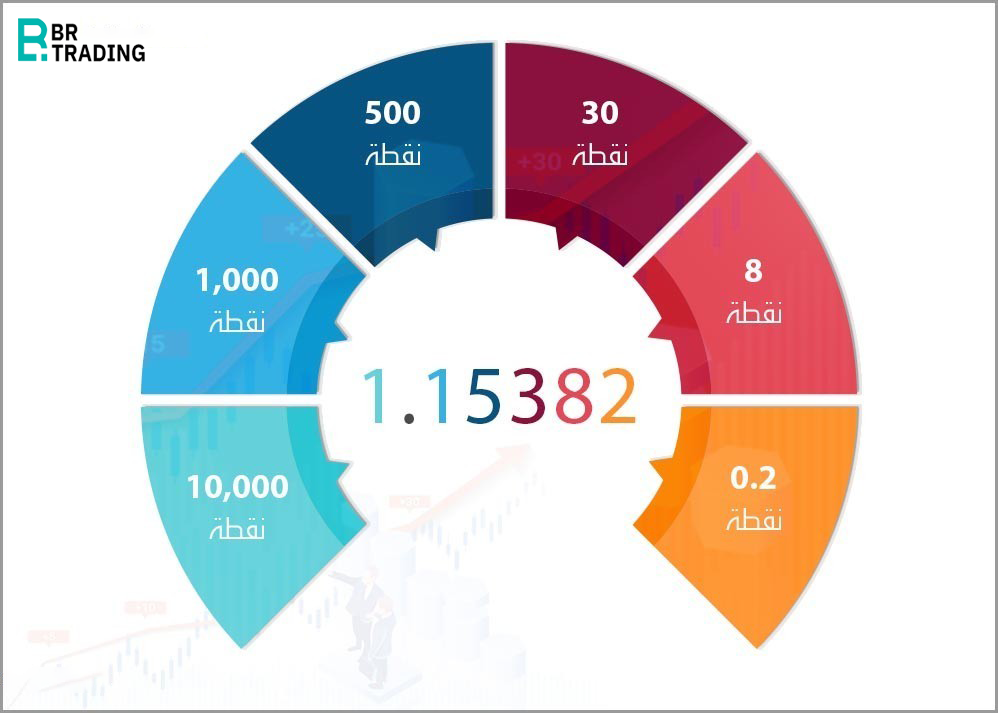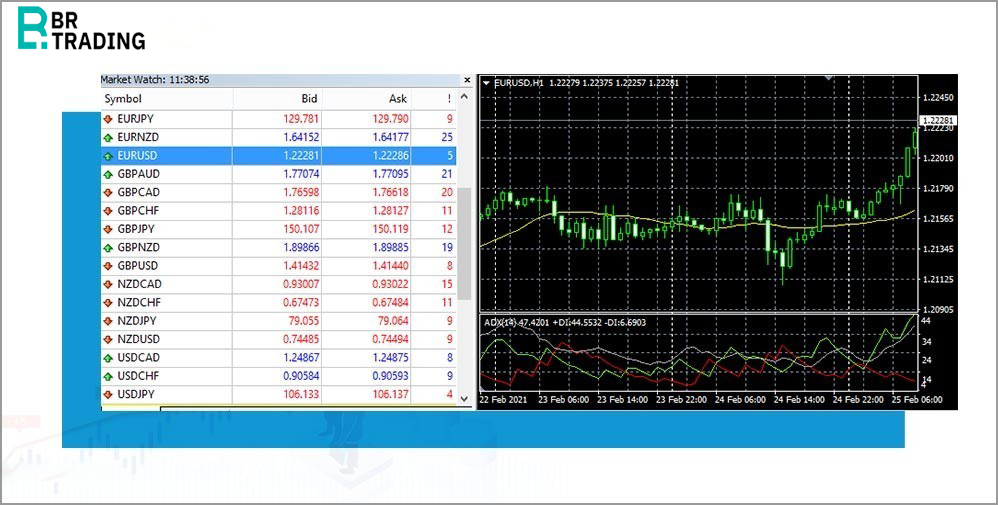
- Home
- About us
- Courses
-
News
Others
- ترمب يعلن اتفاقاً "تاريخياً" مع الاتحاد الأوروبي لتفادي حرب تجارية
- قرار الفيدرالي اليوم.. غموض متوقع حول مسار الفائدة ومعارضة قد تشق الصف
- للمرة الخامسة.. الفيدرالي يبقي الفائدة دون تغيير متجاهلاً ضغوط ترمب
- نتائج الشركات تدعم وول ستريت بعد تراجعها إثر مواقف الفيدرالي
- مؤشرات الأسهم الأميركية ترتفع وسط رهانات على خفض قريب لأسعار الفائدة
- فوضى في سوق الذهب العالمية جراء رسوم أميركا المفاجئة
- ترمب يدرس السماح لـ"إنفيديا" ببيع شريحة "بلاكويل" إلى الصين
- "وول ستريت" تواجه معضلة التحوط مع تضخم التقييمات
- الأسهم الأميركية تتراجع من مستويات قياسية وسط بيانات اقتصادية متباينة
- أبرز الاستنتاجات من ندوة الاحتياطي الفيدرالي في "جاكسون هول"
- ما العملات المستقرة؟ وكيف يجري تنظيمها؟
- الاتحاد الأوروبي يقترح إلغاء الرسوم على سلع أميركية تلبية لمطالب ترمب
- ترمب يعفي الذهب واليورانيوم ومعادن أخرى من الرسوم الجمركية
- المركزي الصيني يواصل شراء الذهب للشهر العاشر على التوالي
- أسبوع حاسم للسياسة النقدية العالمية.. "الفيدرالي" يتأهب لأول خفض للفائدة في عهد ترمب
- الأسواق تترقب خفض الفائدة.. ورهانات صعود الأسهم والسندات تتراجع
- الأسهم الأميركية تبلغ قمة جديدة مع توسع توقعات خفض الفائدة
- بعد خفض الفائدة.. باول يوحد صف الفيدرالي وسط عواصف السياسة والاقتصاد
- آمال الأسواق تتعلق بمكالمة ترمب وشي اليوم.. وهذا كل ما تحتاج لمعرفته
-
Education
- Currency Pair System in the Forex Market
- Features and Characteristics of the Forex Market
- The Concept of Leverage and Its Sizes
- The Concept of Financial Markets
- What Is Margin and How Does It Work?
- Types of Forex Market Participants & Their Purposes:
- Swap Benefits or Rollover in Trading
- MetaTrader 4 Program Explanation
- Calculating the Point Value and Profit/Loss Calculation
- Types of Trading Orders in Forex
- Forex Trading Mechanism
- Trading Contracts in the Currency Market
- Understanding Price Movement in the Forex Market
- Understanding Forex Market Sessions and the Power of Liquidity Overlaps
- Top 8 Traded Currencies in the Forex Market and Their Global Impact
- Open Live Account
A "pip" is the smallest standard unit for measuring the price movement in currency pairs.
The word "PIP" is an acronym for "Percentage in Point."
In most currency pairs, one pip is the fourth decimal place (0.0001).
However, for pairs that include the Japanese Yen, gold, silver, oil, and gas, a pip is represented by the second decimal place (0.01).
For example, if the EUR/USD pair moves from 1.0962 to 1.0965, it means the pair has moved up 3 pips.
The same concept applies to JPY pairs, gold, silver, oil, and gas.
Let’s take the USD/JPY pair as an example:
Assume the exchange rate is 115.75, and it moves up 4 pips — the new rate would be 115.79.
⚠️ Note:
Trading platforms today display exchange rates with five decimal places for most currency pairs, and three decimal places for JPY pairs, gold, silver, oil, and gas.
The extra decimal digit is a fraction of a pip.
For example, if the EUR/USD rate is 1.08471 and it increases by half a pip, the new rate would be 1.08476.
📘 Stay tuned for the next lesson to learn more about the Forex market.


